Topics
Category
Era
Johnston, Clarence H. (1859–1936)
The prolific architect Clarence H. Johnston left a built legacy unmatched in Minnesota. He designed scores of mansions and stately houses, mostly in St. Paul, as well as dozens of academic buildings, churches, schools, sports palaces, prisons, hospitals, and asylums.
Though he died in 1936, Johnston remains the most abundantly and persistently present of all Minnesota architects. He is best known for his houses, but his career had another dimension. In his long tenure as state architect and in commissions for institutional clients, he designed for multitudes. Johnston’s works have touched the full spectrum of Minnesotans and continue to do so in the twenty-first century.
Johnston was born in Elysian, Waseca County, in 1859. His parents, Alexander and Louise Buckhout Johnston, were originally from New York state. At age fifteen Johnston went to work for St. Paul architect Abraham Radcliffe. He studied architecture at MIT—the only formal training he ever received—but left after one term due to a lack of money. He then worked briefly for architects in St. Paul and New York, where he lived with Cass Gilbert. In 1882 he settled into his own practice in St. Paul.
Even at the start of his career Johnston knew how to think big. His first commission, at age twenty-four, was for future governor William Merriam’s mansion overlooking downtown St. Paul. He designed Glensheen—thirty-nine rooms and fifteen baths on seven acres overlooking Lake Superior. The house, finished in 1908, became one of Duluth’s main tourist attractions.
Stonebridge (built in 1914, razed in 1953) stood near the Mississippi a mile south of the foot of Summit Avenue in St. Paul. Smaller than Glensheen, with nineteen rooms, it had classical touches— six enormous columns at the main entrance—and conspicuous modernities, such as a heated garage with maintenance pits. The landscaped, forty-acre campus made it the biggest estate in St. Paul.
None of Johnston’s other houses approached these in scope. But he designed many, mostly in St. Paul’s wealthy neighborhoods and along Summit Avenue. There was no such thing, however, as a Clarence Johnston style; he composed in great variety.
From 1901 to 1931 Johnston served as Minnesota State Architect while continuing his private practice. In this role Johnston designed public buildings for many people: employees, residents, guests, and managers—rather than private homes intended to please single clients.
Johnston’s institutional creations supported diverse arenas of public life, including sports (the St. Paul Curling Club, 1913); health care (the Ah-Gwah-Ching Center, 1907); politics (the State Office Building, 1932); and farming (the State Fair Cattle Pavilion, 1920). The Crispus Attucks Home (1883) is a Johnston design, as is the Salvation Army Home for Girls (1913) and the Jewish Home for the Aged (1920), later known as Sholom Home.
Johnston’s other works include the 1905 incarnation of Stillwater State Prison; two state reformatories; twenty-two churches; six public schools; and more than twenty buildings for the University of Minnesota, among them Williams Arena, Walter Library, and Northrop Auditorium. Even this list falls short of portraying the whole. Paul Clifford Larson, Johnston’s biographer, believed his own fourteen-page catalog of Johnston’s works to be incomplete.
Johnston slowed down in the early 1930s and died in 1936. His son, Clarence Johnston, Jr., also had a notable career as an architect.
Bibliography
Larson, Paul Clifford. Minnesota Architect, the Life and Work of Clarence H. Johnston. Afton, MN: Afton Historical Society Press, 1996.
Millett, Larry. AIA Guide to the Twin Cities. St. Paul: Minnesota Historical Society, 2007.
Pfaender, Jay. “Stonebridge: The Story of a Lost Estate and Oliver Crosby, the Inventive Genius Who Created It.” Ramsey County History 40, no. 3 (Fall 2005): 4–19.
Related Resources
Secondary
Hoversten, Patti. Clarence Howard Johnston Sr., and Introductory Biography. Waseca, MN: N.p., 1980.
Larson, Paul Clifford. “Historic Lantern: Though Clarence H. Johnston avoided the national spotlight, his architecture remains among the state’s most enduring historic buildings.” Architecture Minnesota 22, no. 6 (November/December 1996): 48–51.
Web
Glensheen.
https://glensheen.wp.d.umn.edu
Related Images
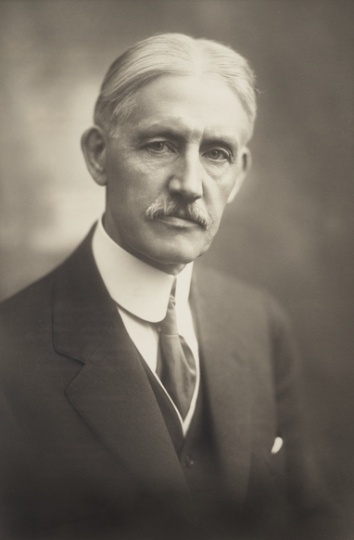
Clarence Johnston
Public domain
Holding Location
More Information
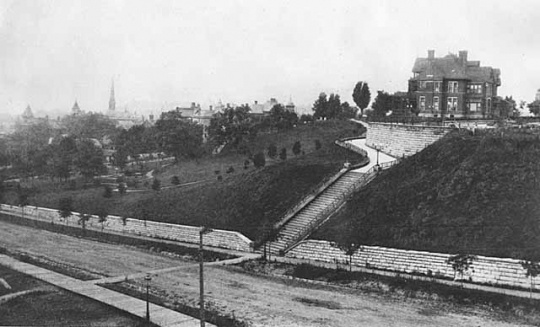
William Merriam house
Public domain
Holding Location
Articles
More Information
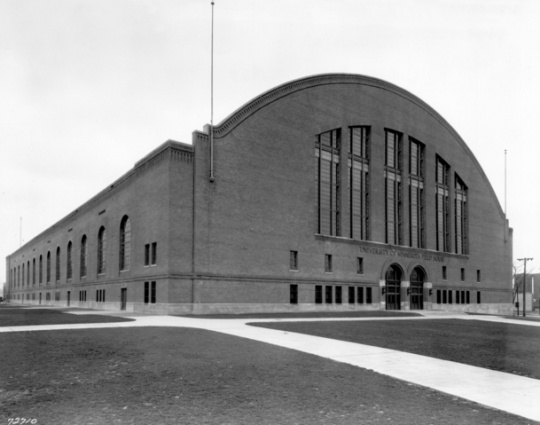
Williams Arena
Holding Location
Articles
More Information
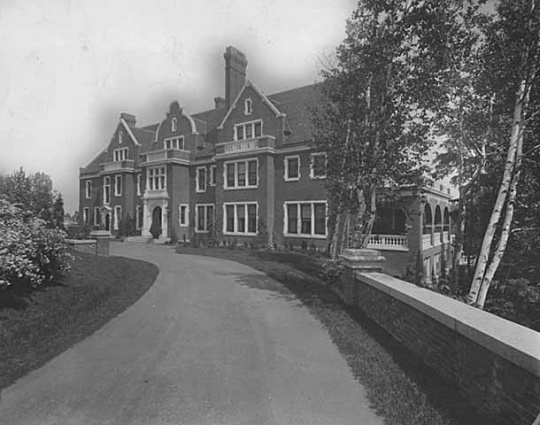
Glensheen
Holding Location
Articles
More Information
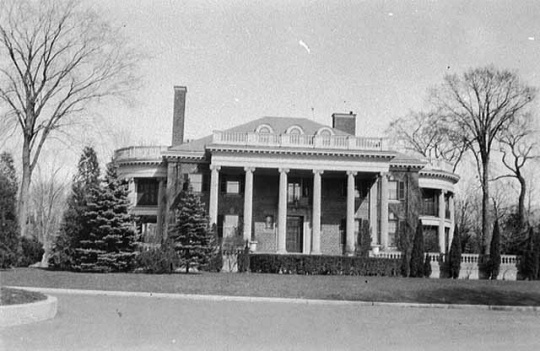
Stonebridge
Holding Location
Articles
More Information
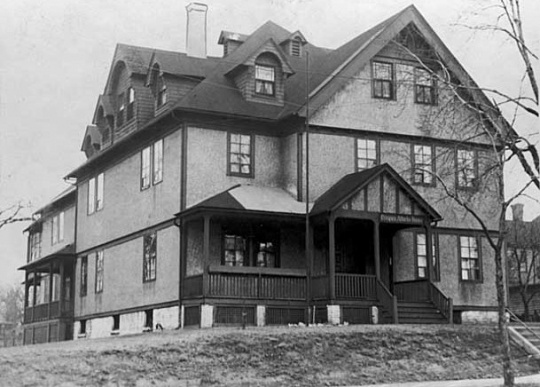
Home for the Friendless on St. Paul’s Railroad Island
Holding Location
Articles
More Information
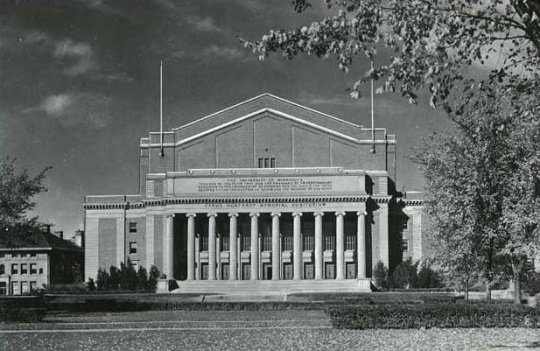
Northrop Auditorium
Holding Location
Articles
More Information

Ah-Gwah-Ching
Holding Location
Articles
More Information
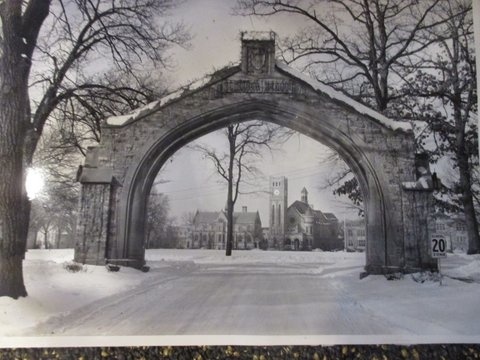
Shattuck School, Faribault
Holding Location
Articles
More Information
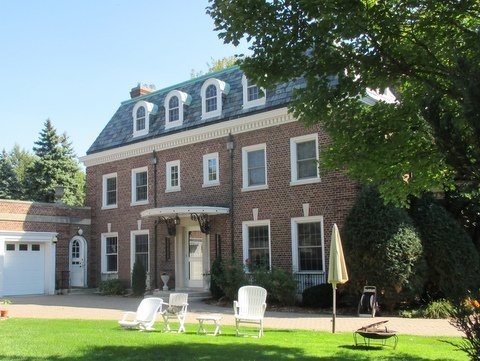
William Lang House
All rights reserved
Holding Location
Articles
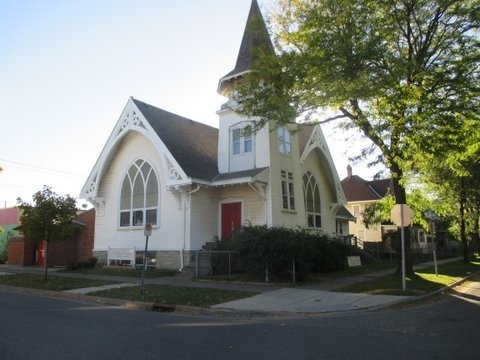
University Avenue Congregational Church
All rights reserved
Holding Location
Articles
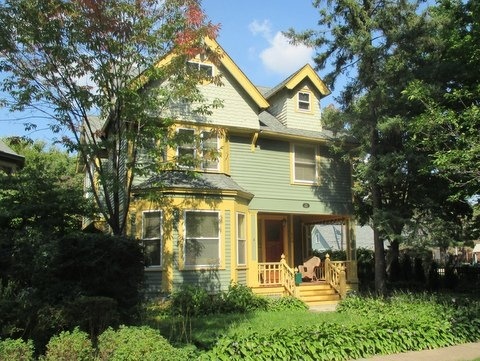
525 Holly
All rights reserved
Holding Location
Articles
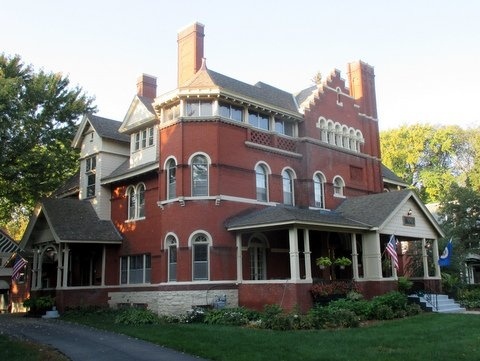
Addison Foster house
All rights reserved
Holding Location
Articles

John Cameron House
All rights reserved
Holding Location
Articles
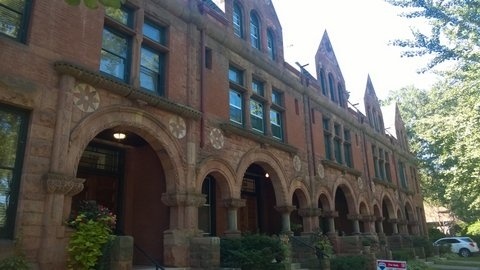
Laurel Terrace rowhouse
All rights reserved
Holding Location
Articles
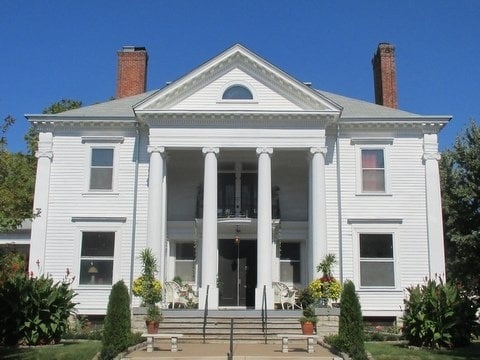
Susan Welch House
All rights reserved
Holding Location
Articles
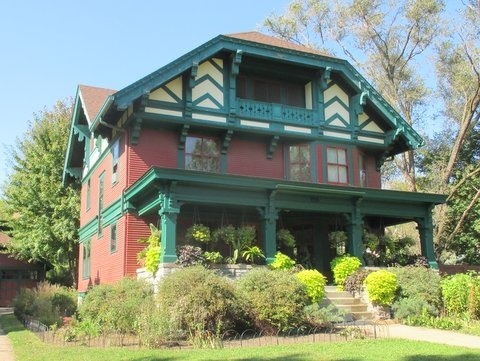
Olaf Lee House
All rights reserved
Holding Location
Articles
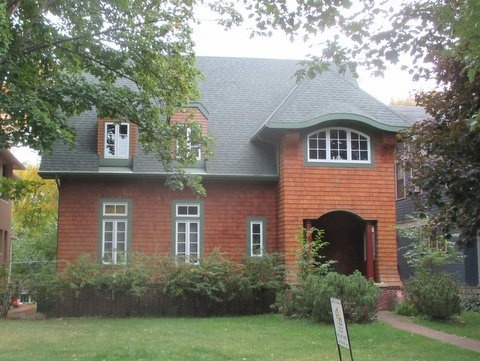
Ernest Sperry House
All rights reserved
Holding Location
Articles
Related Articles
Turning Point
In 1901 Johnston becomes Minnesota State Architect, shifting his career path away from private, residential commissions towards public works.
Chronology
1859
1874
1878
1882
1883
1886
1889
1901
1905
1914
1928
1935
1936
2014
Bibliography
Larson, Paul Clifford. Minnesota Architect, the Life and Work of Clarence H. Johnston. Afton, MN: Afton Historical Society Press, 1996.
Millett, Larry. AIA Guide to the Twin Cities. St. Paul: Minnesota Historical Society, 2007.
Pfaender, Jay. “Stonebridge: The Story of a Lost Estate and Oliver Crosby, the Inventive Genius Who Created It.” Ramsey County History 40, no. 3 (Fall 2005): 4–19.
Related Resources
Secondary
Hoversten, Patti. Clarence Howard Johnston Sr., and Introductory Biography. Waseca, MN: N.p., 1980.
Larson, Paul Clifford. “Historic Lantern: Though Clarence H. Johnston avoided the national spotlight, his architecture remains among the state’s most enduring historic buildings.” Architecture Minnesota 22, no. 6 (November/December 1996): 48–51.
Web
Glensheen.
https://glensheen.wp.d.umn.edu



















